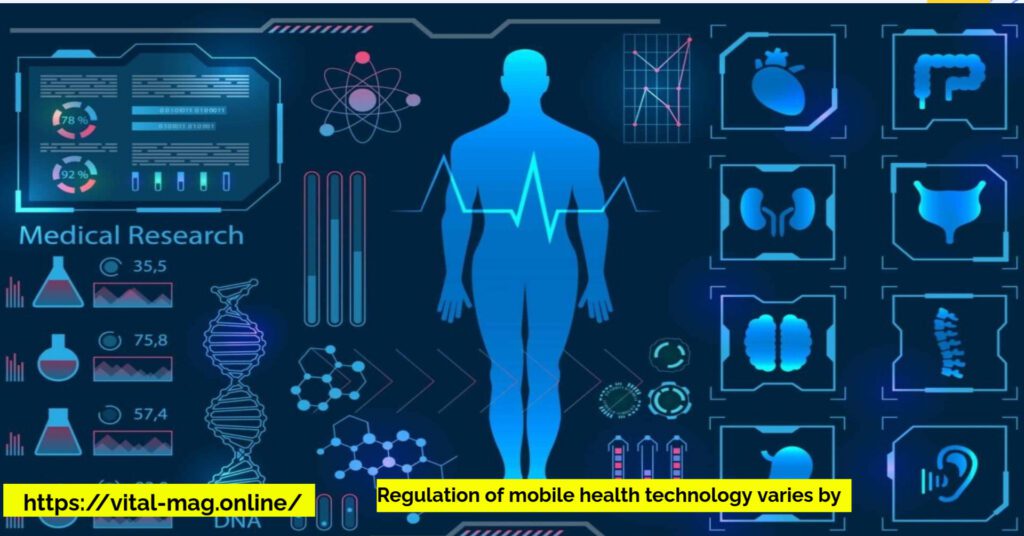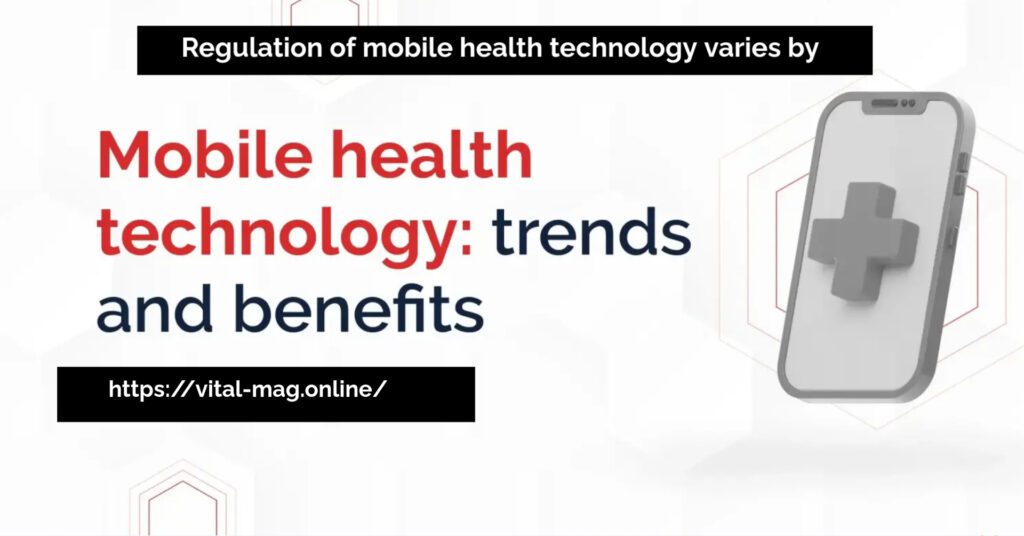introduction
Hey there! Let’s talk about something that’s really shaking up the healthcare world: mobile health technology, or mHealth for short. This includes everything from apps that help you track your workouts to devices that monitor your heart rate. Honestly, who doesn’t love having health tools right in their pocket? But with all this innovation comes a big need for regulation to keep us safe and ensure these products actually do what they claim.In this blog, I’m here to guide you through the key regulations surrounding mHealth, which can vary quite a bit depending on where you live and what kind of product you’re using. My goal is to help you understand the important regulatory aspects of mHealth across different regions.
Definition and Scope of Mobile Health Technology
So, what exactly counts as mobile health? It’s a broad category that includes:
- Wearable Devices:
- Think of fitness trackers and smartwatches that monitor your physical activity.
- Mobile Applications:
- These are apps designed for everything from medication reminders to mental health support.
- Telehealth Services:
- Remote consultations with healthcare professionals—super convenient, right?
These technologies are more than just cool gadgets; they interact with healthcare data and services, making them a crucial part of modern healthcare.
Importance of Regulation
Now, why do we need regulations for mHealth? Let me break it down:
- Consumer Protection:
- Regulations ensure that the products we use are safe and effective.
- Health Data Protection:
- With so much personal information involved, it’s essential to ensure our data is secure.
Having a solid regulatory framework helps build trust in these technologies while still encouraging innovation.

Regional and Product-Based Regulatory Differences
Regulations can vary significantly based on where you are in the world and what type of product you’re dealing with. Here’s a quick overview:
| Region | Regulatory Authority | Key Focus Areas |
| United States | FDA | Safety and efficacy of mobile medical applications |
| European Union | EMA | Compliance with EU Medical Device Regulation (MDR) |
| Canada | Health Canada | Similar to FDA but tailored to Canadian market |
Understanding Mobile Health Technology
Let’s dive a little deeper into what makes up mobile health technology:
- Overview of M Health Devices:
- These can range from simple step counters to complex diagnostic tools.
- Examples of Typical M Health Technologies:
- Glucose monitors for diabetics or mental health apps that provide therapy exercises are great examples.
- Interaction with Healthcare Data:
- Many mHealth solutions collect data that can be shared with healthcare providers, enhancing patient care.

Why Regulation is Essential in M Health
Regulation plays a huge role in keeping mHealth technologies safe. Here are some core reasons why it matters:
- Consumer Protection: Regulations help prevent unsafe or ineffective products from reaching consumers like you and me.
- Security and Privacy: With personal health data at stake, regulations like HIPAA in the U.S. ensure that our information is handled securely.
Regulatory Authorities Governing M Health
Different regions have various authorities overseeing mHealth regulations. Here’s a quick overview:
| Region | Regulatory Authority | Responsibilities |
| United States | FDA | Regulates medical devices and ensures safety |
| Europe | EMA | Oversees compliance with medical device regulations |
| Canada | Health Canada | Regulates health products similar to FDA |
Knowing who’s in charge can help us understand the rules better!
Classification of M Health Products for Regulation
The classification of mHealth products determines their regulatory requirements. Here’s how it breaks down:
| Product Type | Classification | Regulatory Requirements |
| Diagnostic Devices | Class II/III | FDA pre-marketing submission required |
| Non-Diagnostic Devices | Class I | Generally exempt from FDA approval |
| Mobile Applications | Varies by function | Depends on intended use |
Understanding these classifications helps developers like me navigate the complex landscape of regulatory compliance.

Regional Differences in M Health Regulation
Let’s take a closer look at how M Health regulation varies across key markets:
- United States:
- The FDA regulates most mobile medical applications under stringent guidelines..
- European Union:
- The EMA enforces compliance with EU MDR, which has specific requirements for clinical evaluation that differ from U.S. standards.
- Other Markets: Countries like Canada have frameworks similar to those in the U.S. but still have unique elements.
Example case studies illustrate these differences well!
FDA Guidelines for M Health in the United States
The FDA has established a comprehensive framework for regulating mobile health technologies. Here are some key points:
- Device Classifications:
- Products are classified based on their intended use and associated risk levels.
- Focus on Safety and Efficacy:
- The FDA emphasizes clinical evidence to ensure digital health products are safe for consumers like us.
This regulatory approach ensures that only effective products reach the market while protecting public health.
European Union Regulations for M Health
In Europe, the EMA takes charge of regulating mobile health technologies through strict guidelines:
- Compliance Requirements under EU MDR:
- All medical devices, including software as a medical device (SaMD), must comply with rigorous standards.
- Differences between EU and US Standards:
- The EU requires more extensive clinical evaluations compared to the FDA’s approach in some cases.

Understanding these distinctions helps developers tailor their submissions effectively!Data Privacy Standards for M Health
Data privacy is a significant concern in mobile health technology. Here’s how regulations impact this area:
- HIPAA (USA):
- Protects sensitive patient information from being disclosed without consent.
- GDPR (Europe):
- Mandates strict guidelines on data collection, storage, and user consent.
Key points include ensuring patient rights are respected while handling their data securely.Challenges Faced by M Health Developers
As someone interested in this field, I know developers face several hurdles when navigating regulatory landscapes:
- Compliance Obstacles:
- Meeting diverse requirements can be time-consuming and costly.
- Balancing Innovation with Compliance:
- Developers must innovate while adhering to strict regulations.
Costs can vary widely; smaller companies might spend around $3K for submissions, while larger firms could face costs up to $113K!
Future Trends in M Health Regulation

As technology advances, so does regulation. Increased focus on integrating artificial intelligence in health solutions.
- Potential adaptations to regulatory frameworks to accommodate new technologies like digital therapeutics.
Staying informed about these trends is crucial for developers aiming to succeed in this dynamic field!

Frequently Asked QuestionsIs
FDA approval required for all M Health devices?
Not all devices need FDA approval! The FDA focuses on those with diagnostic functions or those that significantly impact health outcomes.
What’s the difference between the FDA and EU regulations for M Health?
While both aim to ensure safety and efficacy, the EU MDR has different classification rules requiring more extensive clinical evaluations compared to U.S. standards.
How does GDPR impact M Health apps in Europe?
GDPR imposes strict guidelines on data collection, storage, and user consent, impacting how apps handle personal health information.
Conclusion
M Health regulation is essential for keeping us safe as technology continues to evolve. I believe developers must stay informed about varying regulations while consumers should remain aware of their rights regarding health data protection. Balancing safety with innovation will pave the way for a healthier future!
Share







